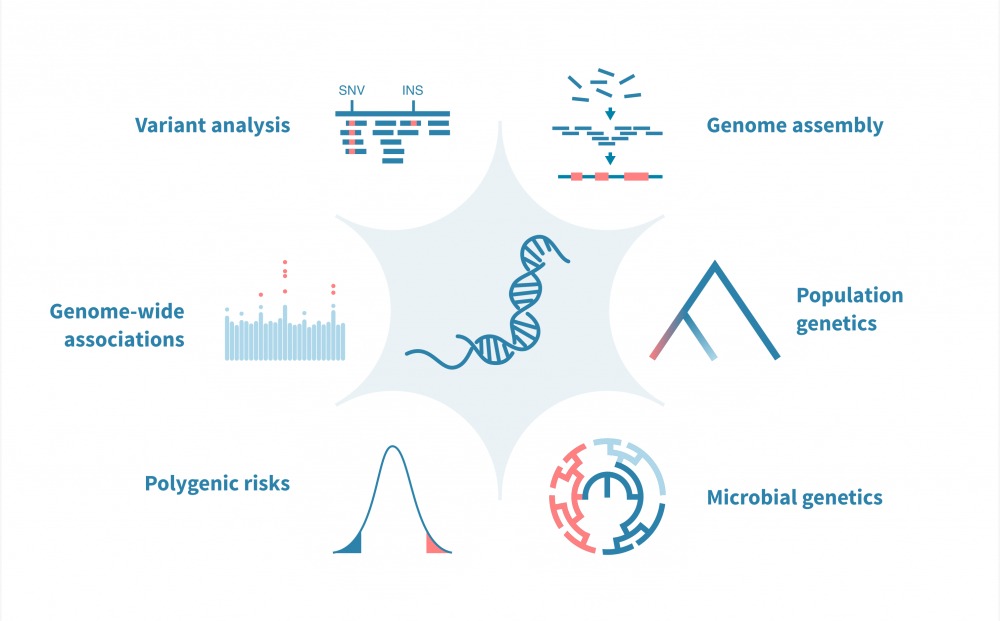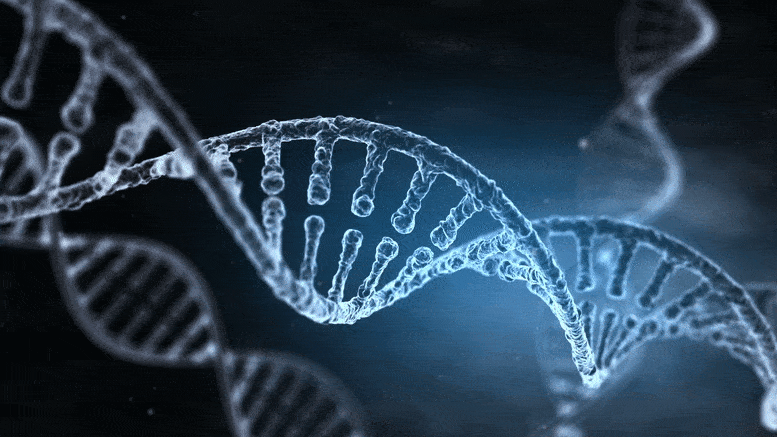Discover heritable variants and study their effects with computational genetics.
We employ the latest methods in computational genetics to identify cilinically relevant variants and to study genetic variation in population
of humans , animals, plsants, microbes.
Below we give examples of our experience in bioinformatics analyses for both clinicsl genetics and genetic research. If you are looking for a bioinformatics partner with expertize in genetics, we hope to hear from you !!!



